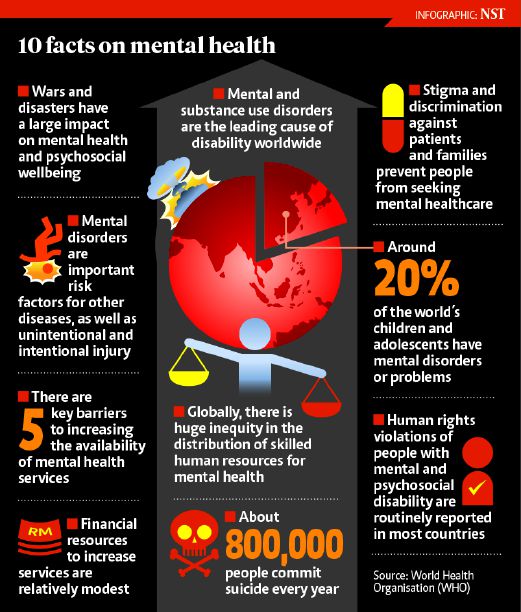What Is Toxic Positivity
What Is Toxic Positivity
Blog Article
Exactly How Does Situation Treatment Work?
The first step in situation intervention involves ensuring that the customer is risk-free. This can include evaluating for factors like frustration or accessibility to hazardous objects.
The next step includes discovering more about the client's present troubles. This is often done with energetic listening and compassion. This can aid the situation responder determine exactly how the scenario escalated to a crisis.
De-escalation
Numerous elements can trigger a person to get in a state of crisis. These elements may include a loss of control, absence of sources or sensations of anxiety and anxiety. Typically, individuals that remain in a state of situation require immediate help and support.
To de-escalate a crisis circumstance, the primary step is to make certain that the customer is secure and secure. This can include getting them into a mental health and wellness center or various other therapy program. It might additionally include supplying aid and solutions, such as sanctuary and food.
As soon as the client is safely in a safe environment, the crisis intervention worker can begin evaluating their emotions and needs. This involves evaluating the precipitating event, the customer's perceptions of the definition and factor of the case, and the quantity of subjective distress. This information will help the crisis intervention worker develop an activity strategy to decrease distress and boost operating. They might additionally ask the customer to recommend healthy and balanced or flexible cognitions regarding their present circumstance.
Connection building
Connection is a soft skill that helps you build trust and establish two-way interaction. It is additionally a vital part of structure connections at the office. It's a needed ability for all staff member, however it's especially important for customer-facing professionals and individuals in management settings.
Connection building involves creating a secure, nonjudgmental room where customers can discuss their feelings and share their experiences. It focuses on compassion, recognition and functional assistance. It also aims to encourage customers by supplying info about local sources and solutions, such as dilemma counseling or walk-in facilities.
Some customers are reluctant to talk about sensitive or personal subjects, so it is very important to take their lead. It is likewise recommended to ask questions that are clear and succinct. In this manner, clients will certainly comprehend what is being stated and can feel comfy sharing their ideas and feelings. It's also handy to encourage clients about top quality analysis material that can help them deal with their situations.
Analytical
The analytical process aids people recognize troubles and make plans to address them. It is a critical part of situation intervention. This procedure includes assessing lethality, developing connection, and going over the crisis scenario. It likewise includes active listening and compassion. This kind of listening is a necessary step in the dilemma intervention process because it needs you to put the client and their sensations initially. It also urges you to eliminate any prejudices and judgment that can obstruct of establishing a relying on connection.
It is essential to evaluate the customer's understanding and analysis of the event that brought about the situation. The crisis employee ought to work to determine and deal with cognitive errors and aid the client develop a much more adaptive context. This may entail talking about favorable coping techniques, which can be valuable in minimizing the level of distress. It can additionally include exploring alternate coping strategies that the client might have tried.
Follow-up
Throughout this step, the situation intervention worker helps clients recognize their resources and support systems. They likewise encourage the customer to use flexible coping techniques. They additionally reframe their negative thinking patterns and help them create reasonable contexts for the situation.
In this action, the crisis worker confirms the client's emotional support feelings and experiences and comforts them that they will improve. This action also consists of establishing an unconditional favorable regard for the client and revealing that they care about them.
It is necessary for the client to really feel safe and comfy. To accomplish this, the situation counselor need to reveal empathy and energetic listening abilities. Then, they need to help the customer recognize any triggers for self-destructive ideas. Lastly, they have to supply a follow-up strategy to prevent suicide and deal referrals if needed. To apply this model, therapists require a documenting service that permits them to take notes swiftly and successfully. This permits them to focus on their customer's needs instead of navigating a difficult documentation system.